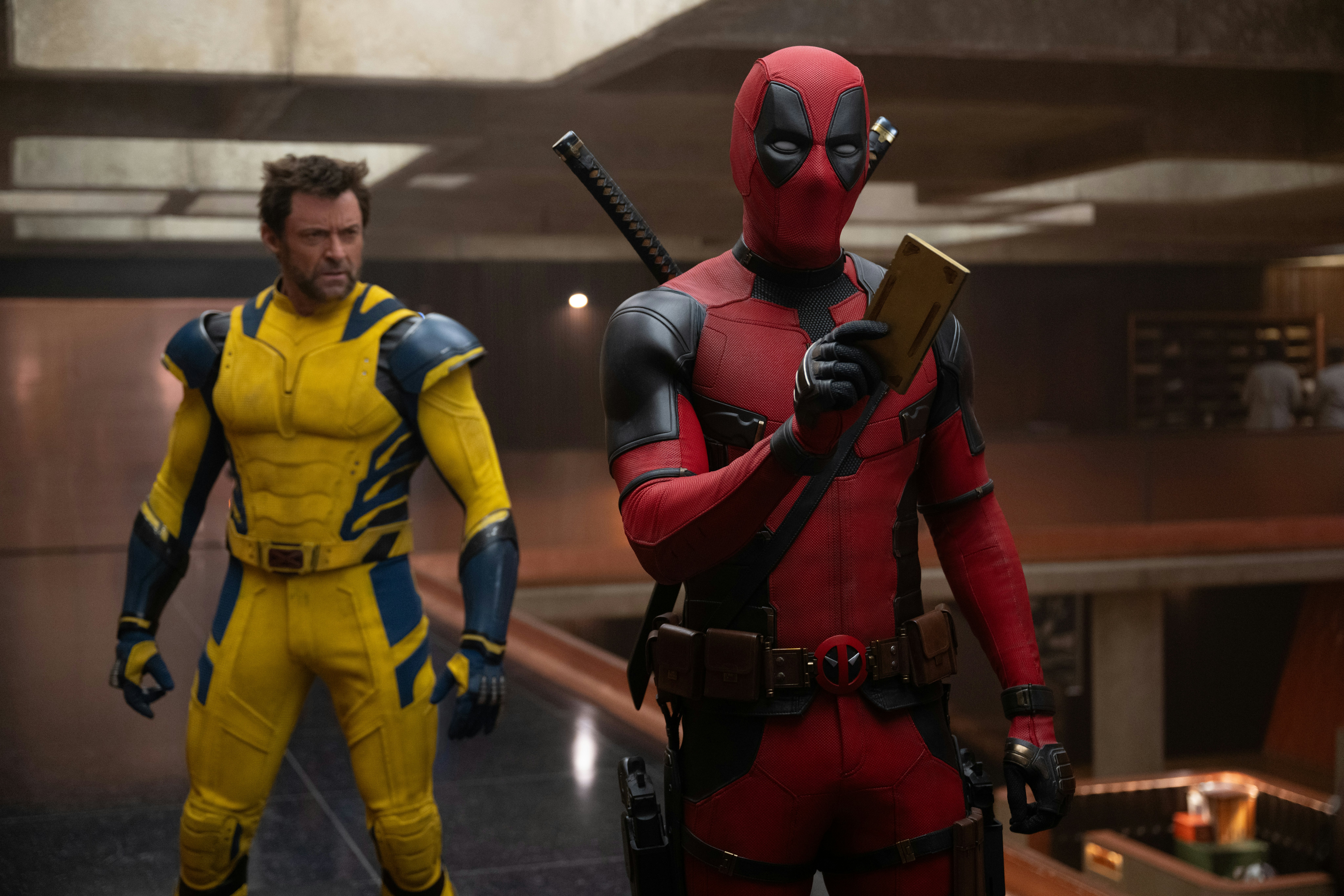
The first (and only) Marvel movie of the year has finally arrived — and it really is the franchise’s most important project yet. Deadpool & Wolverine is much more than just a romp through the multiverse: it also has the daunting task of capping off Fox’s entire X-Men universe. Plus, with Marvel’s biggest (and most nebulous) crossover, Avengers: Secret Wars, on the horizon, the saga has to start building out its new phase in earnest, too
Obviously Deadpool & Wolverine can’t do all the heavy lifting, but it’s still a foundational block in the MCU’s Multiverse Saga (and it takes that role semi-seriously). The Shawn Levy film takes advantage of its unique position by bringing back Fox’s most infamous legacy characters, dozens of Wolverine variants, and a deep-cut villain from the X-Men comics. It also slightly retcons the OG Wolverine’s (Hugh Jackman) role in the 20th Century Fox movies, beefing up his importance in relation to that universe by introducing a very intruiging new term to MCU canon: “Anchor beings.”
Below, we break down Deadpool & Wolverine’s new multiverse twist, and how exactly it fits into Kevin Feige’s plans for the MCU.
Spoilers ahead for Deadpool & Wolverine.
Anchor beings in the MCU, explained

Deadpool & Wolverine takes us back to the Time Variance Authority, where our Merc with a Mouth gets a crash course on the multiverse. We’ve seen Deadpool traverse through parallel universes before — but that was for comic relief. Now Mr. Paradox (Matthew Macfadyen) needs his help, and in order to do that, he has to learn about a little thing called an “anchor being.”
According to Paradox, each universe is tethered to the life of one person. When that person dies, their host universe begins a process of “degradation.” It’s essentially a slow death, one that the TVA used to accelerate by pruning entire timelines.
The Fox universe — which hosts the X-Men, Deadpool, and a handful of other heroes — is one such timeline. Its anchor being is Wolverine, and when he dies in Logan, that triggers degradation.
If this concept sounds familiar, that’s because it shares some parallels with the “singularities” from the comics. Singularities play a big role in Jonathan Hickman’s Secret Wars, with one in particular, Molecule Man, acting as a catalyst for the entire event. Molecule Man is the rare being that exists in every universe. When he dies in one, that timeline is effectively destroyed. He’s able to trigger incursions (the collision of two universes) and even, with some assistance, clone himself to create new universes. Molecule Man is pretty crucial to the events of Secret Wars, but he’s also a tricky character to adapt outside of the comics. With Deadpool & Wolverine and the introduction of anchor beings, could the MCU be avoiding singularities altogether?

According to Kevin Feige, the answer isn’t all that simple.
“I do think in the Marvel comics and in the MCU, there are beings of great importance,” Feige tells Inverse. “There are nexus beings that have been discussed, and in comic books there are omega-level mutants that have been discussed.”
Feige suggests that each of these terms — along with anchor beings — could all just be a different way of referring to the same thing.
“I think a lot of that, it depends on where you are within the universe of what terminology you use,” Feige continues. “The TVA uses the terminology of ‘anchor beings’ and ‘a being of great importance.’ Is that different than those other beings I’ve mentioned, or is it just a different terminology for the same thing? Remains to be seen.”
With Marvel now gearing up for Secret Wars, we could get an answer to that question sooner than later. Hickman’s take on Secret Wars dealt primarily with incursions, and incursions have already played a minor role in the Multiverse Saga. Whether they’ll depend on anchor beings like Wolverine, nexus beings like the Scarlet Witch (Elizabeth Olsen), or singularities alone remains to be seen. The nature of Marvel’s multiverse is still a total mystery, but it’s clear that Deadpool & Wolverine is just one piece of the puzzle.







